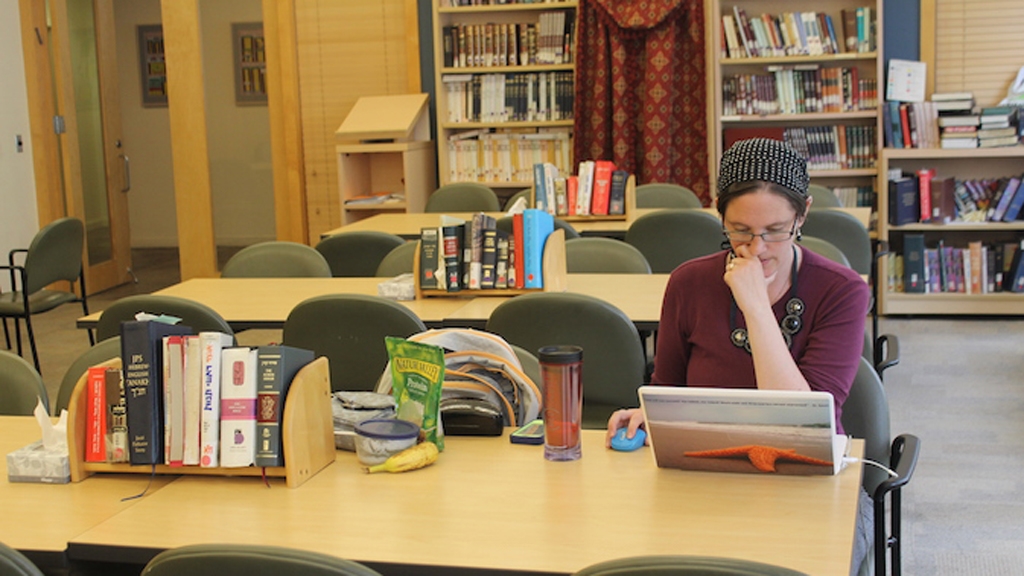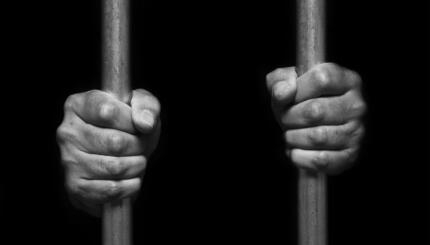Ordination is the appointment of a disciple as a rabbi, or teacher of the Torah. The Hebrew term, semicha, is based on the verse: “And he laid his hands (va-yismokh) upon him, and gave him a charge, as the Lord spoke by the hand of Moses” (Numbers 27: 23).
READ: So You’ve Decided to Become a Rabbi…
In the verse, Moses, at the command of God, lays his hands on his disciple Joshua so that the latter can function in Moses’ stead as the spiritual leader . In the early Rabbinic period, only scholars who had received ordination, in the chain reaching back to Joshua, could act as judges and this was reserved for scholars in the land of Israel, the Babylonian scholars being given a minor form of authority as agents of the Palestinian scholars.
READ: Who’s Leading the U.S. Rabbinical School Scene?
After the close of the Talmud, full ordination came to an end . Although the term semicha is still used for the ordination of rabbis, this is not the full ordination but is only convention by which a scholar does not render decisions in Jewish law unless he has been authorized so to do by a competent Halachic authority who has himself been ordained. There is no special ceremony for this type of Rabbinic ordination. The usual practice in Orthodox Judaism is for a student, after having mastered the texts, to present himself to a rabbi for examination. If the rabbi believes that the student is competent he gives him a document stating that he is qualified to render decisions and that he is now given permission so to duo Nowadays, even among many of the Orthodox, ordination takes place after a course of Rabbinic studies in a seminary and the certificate of ordination is given by the principal and other teachers of the seminary.
This Rabbinic diploma is the usual form of ordination in Reform and Conservative seminaries. The major technical difference between the older semikhah and the later, simple ordination is that in the latter the ordinand cannot become a member of a court to inflict capital and corporal punishments.
Since these were abolished, in any event, in early Rabbinic times, the distinction, nowadays, has no significance. Modern seminaries train their students in many disciplines other than that of pure Jewish law, so that ordination in these seminaries is a mailer of attesting to the proficiency of the graduates to carry out all the other functions of a modern rabbi such as preaching, counselling, and pastoral work, and there is often a service of ordination and a celebration with pomp and ceremony, rather like a university graduation ceremony, from which, in fact, it seems to have been copied.
In the year 1538, Rabbi Jacob Berav, on the basis of a passage in Maimonides‘ Code, sought to reintroduce the full ordination, but his efforts were frustrated by the Rabbi of Jerusalem, Levi Ibn Habib. This is the famous semikhah controversy about which much has been written, Voices have occasionally been raised to reintroduce the full semikhah and re-establish the Sanhedrin but these have not been heeded by practically all Orthodox rabbis, who believe that such an attempt can only meet with success with the coming of the Messiah.



